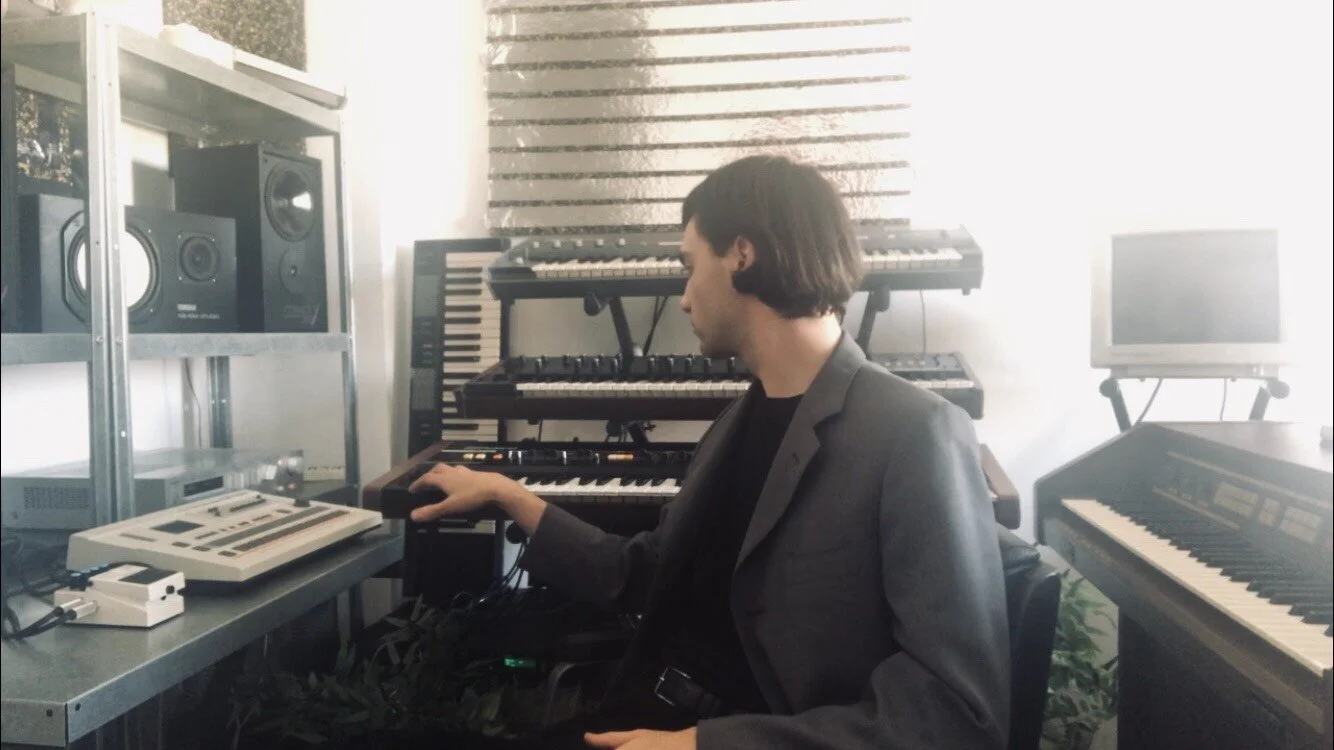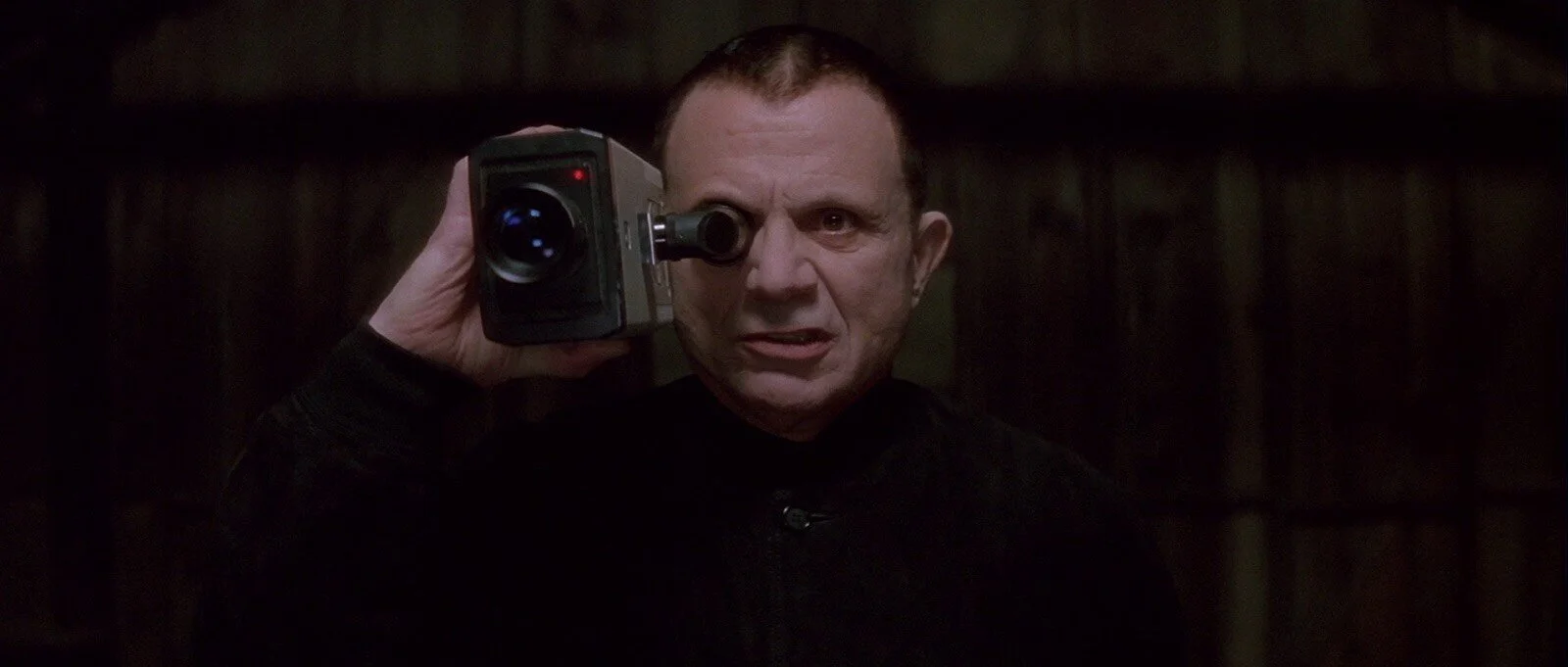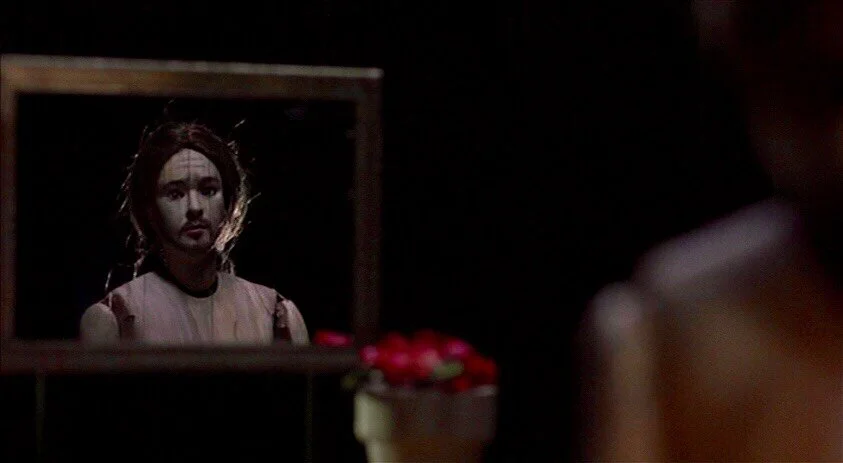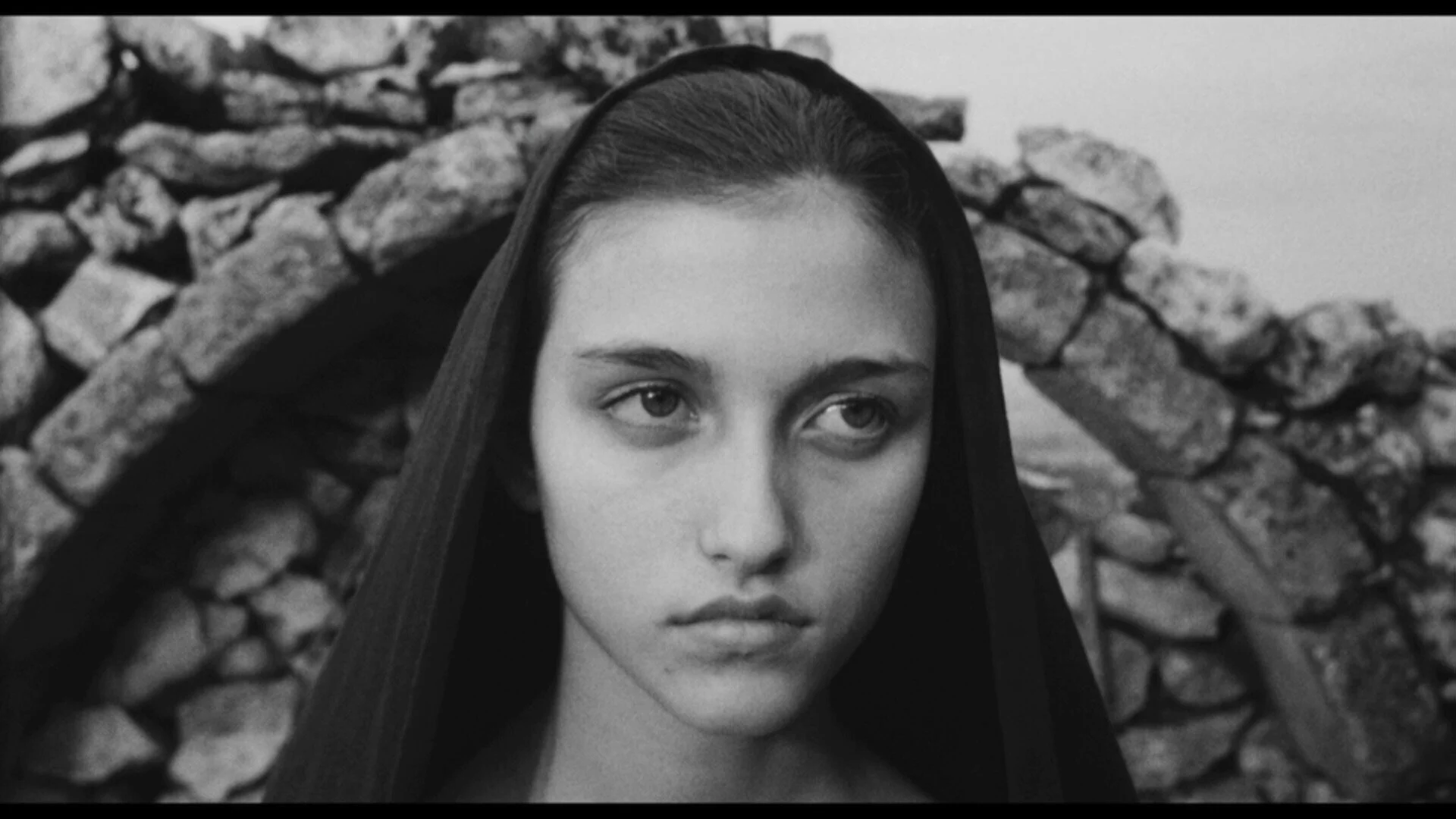Federico Fellini
On the approaching 60th anniversary of Federico Fellini’s internationally beloved film, La Dolce Vita, it is easy to forget just how audacious and original it was when it premiered. In retrospect, most people only remember the iconic image of Anita Ekberg cavorting in Rome’s Trevi Fountain or the cool, suave style of Marcello Mastroianni and his sharp tuxedo. Similar to the way people now throw 1920’s-themed parties in the style of the F. Scott Fitzgerald’s novel, “The Great Gatsby”, completely missing the point of how the novel is critical of that crowd, people also only remember the fun and elegant moments of La Dolce Vita but ignore it’s sobering message at the center.
Told in the form of seven episodes throughout the course of its near three-hour run time, it breaks away from the conventional three-act structure and traditional character development. There is no clear narrative, only events and people. This is a deliberate choice considering it mirrors our main character’s life as a journalist. Each episode contains its own events and subjects but once that episode ends, the film seems to reset back to a nonchalant tone, no matter how tragic or humorous the previous episode was. Like journalism, the film moves on to the next big story, abandoning many characters and moments without any conclusion nor resolution.
The film opens with two helicopters flying a statue of Jesus over an ancient aqueduct outside Rome. This serene image is immediately contrasted by a group of women in bikinis, sunbathing on the rooftop of an apartment building. The helicopter with the news crew goes over to the women so the crew can ask for their phone numbers but due to the loud sound of the helicopter, neither group can hear each other so the helicopter leaves. This opening scene captures some of the themes that will reappear throughout the film: Our main character’s failure to find love. The disconnect between the average person and the people in the media. Also, the intrusive nature of the media in the lives of others, specially at their most vulnerable moments.
From this scene on you follow the main character, Marcello, as his job and personal life take him through a winding road of celebrity encounters, adultery, purported spiritual encounters and crime. La Dolce Vita is not just a critique of the rich and famous but also a critique on religion and the highly educated. Fellini wants the viewer to see how all these people depend on the admiration of others but fail to fully live up to the image they have crafted of themselves. La Dolce Vita is essentially about unfulfilled people doing the most they can to mask their emptiness.
La Dolce Vita
director FEDERICO FELLINI
year 1960
director of photography OTELLO MARTELLI
cast MARCELLO MASTROIANNI, ANITA EKBERG, ANOUK AIMÉE, YVONNE FURNEAUX and ALAIN CUNY
words HECTOR ORTIZ
What to read next







